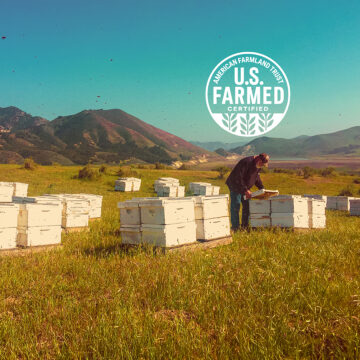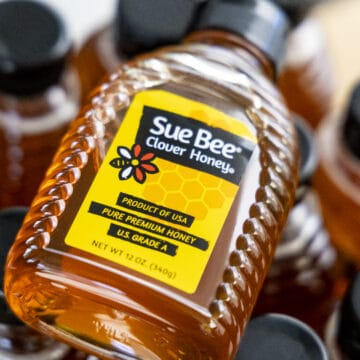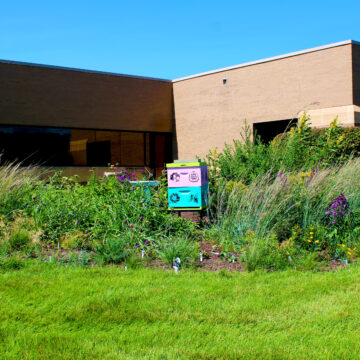It’s a Team Effort
Sioux Honey co-op beekeepers work toward the same goal
“Most people think of honeybees in simple terms: They make honey and they sting,” says beekeeper Bob Morlock, a member of the Sioux Honey Association Co-op.
“But if you look more into the life of a bee, you realize how complex they are. Everybody has a job to do. They all have to work together for the whole thing to come together. It’s actually quite interesting. Everything revolves around the queen, and everybody has to do their part for the whole thing to work.
“That’s how I feel the Sioux Honey co-op works. Everybody does their part for the betterment of all the other beekeepers.”
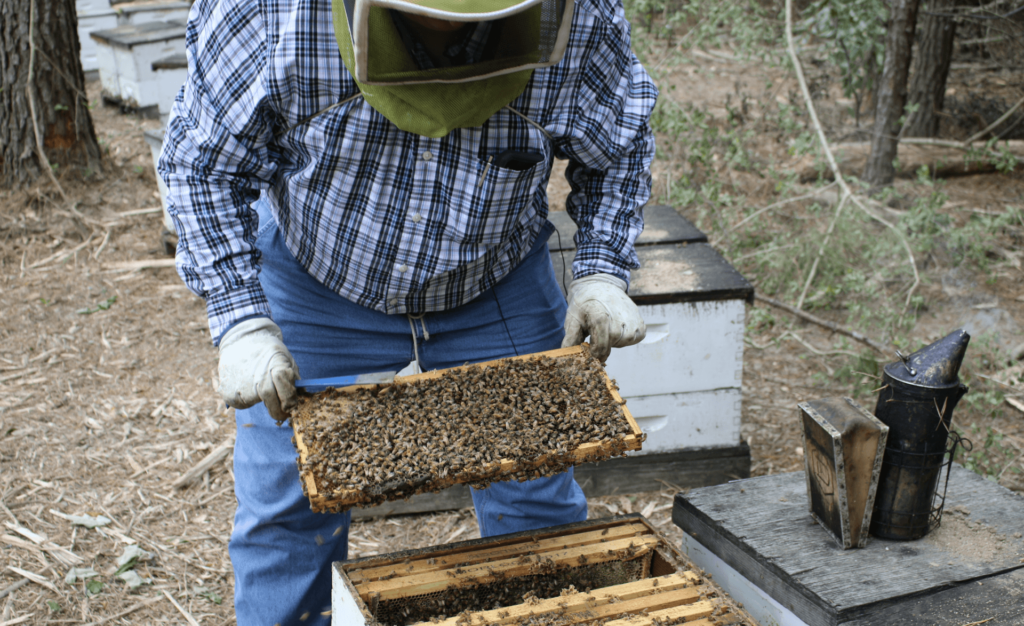
Bob has been doing his part as a beekeeper member of the Sioux Honey co-op since 2001 – the year he joined the Iowa-based cooperative. And for the past seven years, he has served on its board of directors. If you’ve ever wondered who your Sioux Honey products come from, here you go. As one of the 200+ beekeeper members, Bob helps collect a portion of the 40 million pounds of U.S. honey each year collected by Sioux Honey beekeepers.
Love at first sight
Bob grew up in central North Dakota and is a native of Sykeston. He was introduced to the world of honey by beekeepers who kept hives on his great uncle’s land.
“My first experience was watching them use their smokers and work the bees. It fascinated me,” he says. “I thought it was interesting that they could be around those ferocious bees that sting.
“And then when I got a hive of my own and started working with one myself, I realized they weren’t ferocious; they were actually docile. They were quite gentle and not aggressive as most people think.”
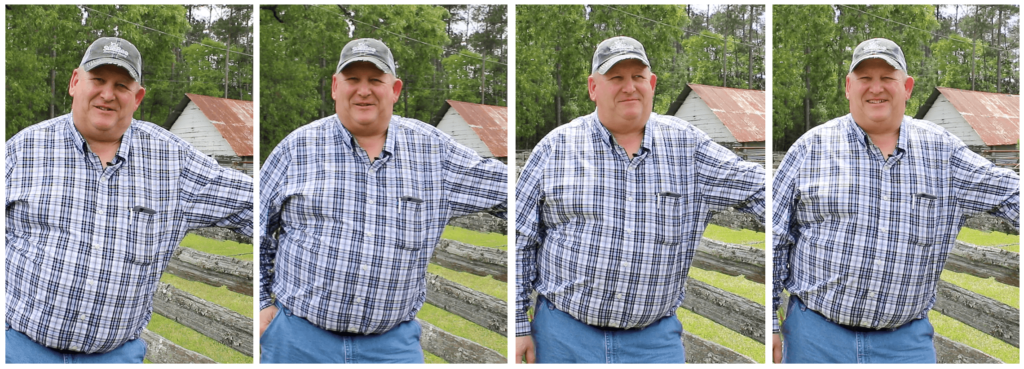
In high school, and then while studying communications at the University of North Dakota, Bob worked for commercial beekeepers. One of those beekeepers, Chester Elmquist, was among the early members of the Sioux Honey co-op, which began in Sioux City nearly 100 years ago in 1921.
Bob enjoyed college, but, like many beekeepers, once the honey is in their blood (so to speak), it stays there.
“I’m an outdoor person,” Bob says. “Being outside. That, I think, is the best part about beekeeping. I get to see a lot of sunrises and sunsets that most normal people don’t get to see.
“And I like the beekeeping family – the other Sioux Honey members, the other beekeepers, the joking that goes along with everybody, and the friendships.”
With beekeeping set as his career, Bob focused on building a business. He bought Elmquist’s honey operation from son-in-law, Paul Eidbo, who had taken over Chester’s operation. Through the years, Bob continued to grow his operation. Today, he is one of Sioux Honey’s largest honey producers. And he can’t imagine doing anything else.
“Beekeeping is more of a lifestyle than a job. The traveling part keeps it interesting, and every year is always different with the weather and everything, so it seems to be always changing.”
From north to south to west and back
Bob’s operation is based in Casselton, North Dakota, but he’s only there about six months of the year. Bob begins each year by taking many of his bees to California for the almond pollination season, which is between mid-January and mid-March, with the majority of the pollination taking place in February.
Honeybees are crucial to the almond industry in California, where the annual production is worth more than $5.9 billion (according to a 2016 report from almonds.com).
Approximately 6,800 almond growers produce nearly 100% of the commercial domestic almond supply in the United States, and more than 70% of worldwide production. But their almonds need cross-pollination.
That’s where Bob and his bees – and hundreds of other beekeepers and their bees – come in. About 2.8 million colonies of bees are placed in California’s 1.4 million acres of almond orchards at the beginning of the bloom period to pollinate the crop.
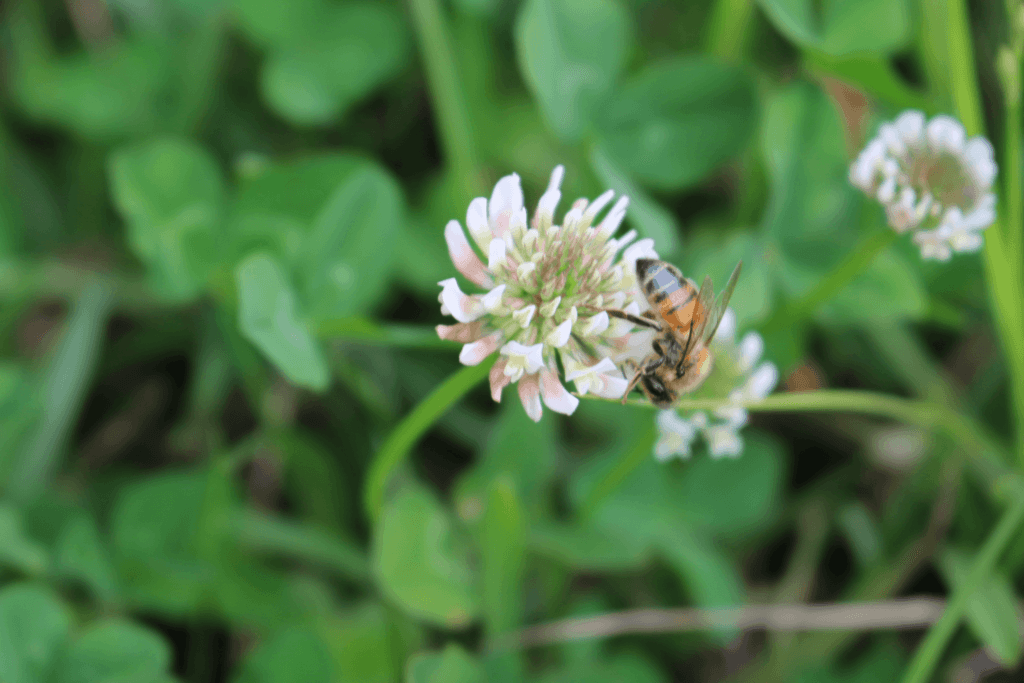
In the spring, Bob brings his bees to the Buna, Texas, area where he rebuilds and splits hives and breeds queen bees in preparation of honey season in North Dakota and Minnesota. The bees also produce honey in Texas, feasting on tallow, yaupon holly and blackberry blooms.
From Texas, the bees are taken to North Dakota and Minnesota for summer honey production. In North Dakota, the bees produce light-colored honey while foraging on clover alfalfa and soybeans. In Minnesota, the bees produce even lighter honey from visiting basswood trees, also known as the American linden tree.
A hibernation of sorts
In the fall, Bob’s bees are taken to Idaho where they spend the first part of winter resting in potato sheds before heading back to California for the almond pollination season.
Wait. Potato sheds? Indeed. More and more North American beekeepers are wintering their bees in cold storage. Some are even custom-built for bees, with special air filtration and ventilation systems, oxygen, carbon dioxide monitors and cooling systems.
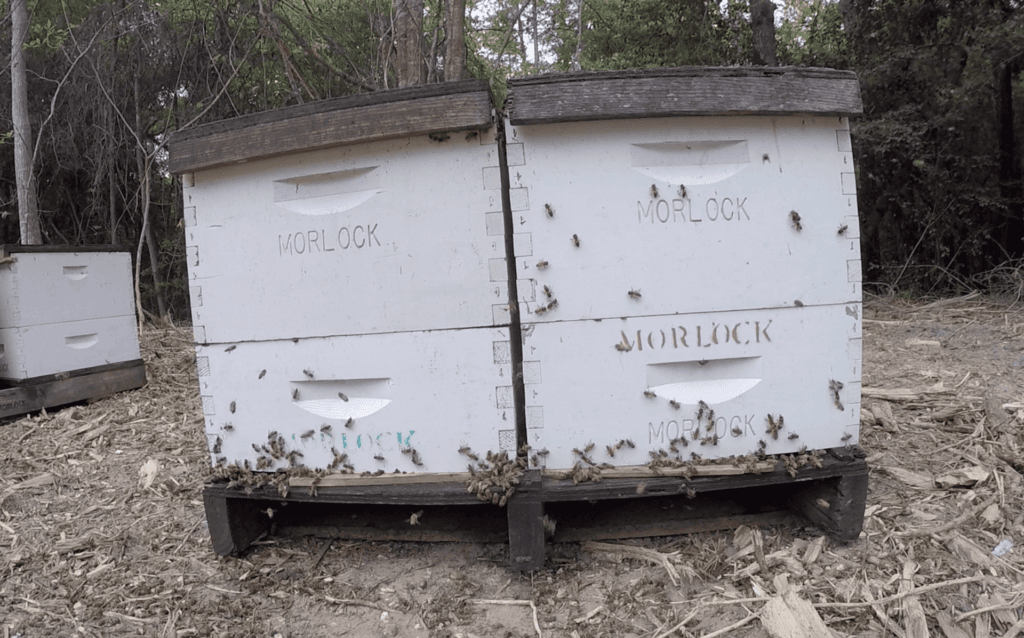
Here are a few reasons why:
- In the cool temperatures, the bees stay dormant, which helps them build up strength and body fat after a long summer.
- The cold storage also means a broodless period (the queen gets a rest because she isn’t laying new eggs), which kills off pests like varroa mites, which can’t live if they don’t have new brood to eat.
- When the bees get to the warmth of California, the queen makes up for lost time and the hives see a population boom, and that means more bees for pollination and more bees for the honey season.
Have bees, will travel
For Bob, traveling is just part of the job for a commercial beekeeper. When his kids were younger, he said, he missed out on some of their school and sporting events, “but we made it through and now that they are all on their own and my wife (Juli) can travel with me, it works out well, being able to be together towards the later part of our life.”
Bob said he didn’t foresee his children taking over the business in the future.
“That would be nice, but they all worked with the bees when they were kids and decided that wasn’t for them, so I have no family members to take over at this point,” he says.
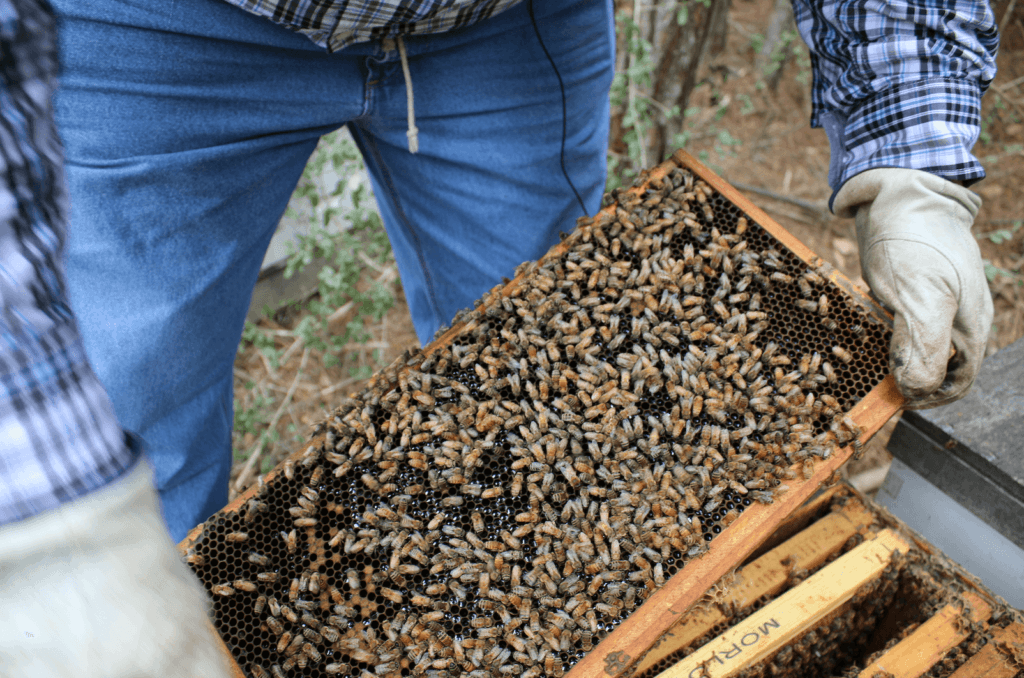
Why join the Sioux Honey co-op?
Like most beekeepers who join the Sioux Honey co-op, Bob likes the idea of everyone “working together for the betterment of everybody, with everyone working together toward the same goal, which is to collect the best-tasting American honey possible.
“And I feel like I’m one of the owners. I have a say in how things are run, just like the other beekeepers. And all I have to worry about is collecting the honey. Sioux Honey takes care of picking it up, bottling it, shipping it to stores and marketing it. That allows me to put all of my time and effort toward my bees.”
And more time for sampling. When we asked Bob to share his favorite recipe that includes honey, or his favorite way to eat it, he says:
“My favorite is just putting my finger in the honeycomb, fresh out of the hive. You pull out that freshly capped frame of honey and there’s nothing like it – the taste and the whole aspect of it just coming right from the bee. It’s amazing.”

